Digital Scotland Reveals Next BT Superfast Broadband Rollout Areas
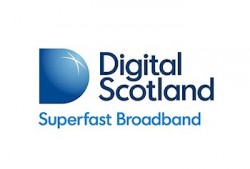
The £409.8 million Digital Scotland scheme, which seeks to make BT’s “high-speed fibre broadband” (FTTC/P) network available to 85% of local premises by the end of 2015 and “around” 95% by the end of 2017 (84% by 2016 for HIE), has named the next communities and local authority areas to be upgraded by summer 2014.
Readers might recall that the first 8 areas to benefit were announced during October 2013 (here), which aimed to expand the reach of BT’s service to an additional 16,000+ premises (note: this figure also included a small bit of BT’s £2.5bn commercial UK roll-out) on the outskirts of Inverness, and along the coast into Moray, by early 2014.
The new batch of locations will reach a further 39,000 homes and businesses around Scotland by summer 2014 (note: the overall project eventually aims to benefit 750,000+ premises), which will come from a mix of infill work in existing areas and new developments across places like Bridge of Allan, Castle Douglas and Taynuilt.
The latest areas to benefit:
Aberdeen Bieldside, Aberdeen Lochnagar, Aberdeen Kingswells, Kintore, Monifeith, Dundee Steeple, Amisfield, Castle Douglas, Cumnock, Cupar, Invergowrie, Ceres, Galashiels, Leuchars, Tayport, Ayr, Almondbank, Bannockburn, Dunblane, Methven, Forres, Oban, Melrose, Scone, Selkirk, Bridge of Allan, Gargunnock, Cullen, Findhorn, Fochabers, Ledaig and Taynuilt.
More will be announced later this summer.
Brendan Dick, BT Scotland Director, said:
“Today is a major step forward in a journey that will transform the communications landscape of rural Scotland and help develop prosperous local economies. Our engineers have been working hard behind the scenes with colleagues in local and national Government to get us to this point.”
Nicola Sturgeon, Deputy First Minister, said:
“The scale of the challenge of delivering fibre broadband into rural Scotland is greater than any other part of the UK and indeed, much of Europe. It’s fantastic news that many rural communities and businesses, from the Highlands to the Borders, will soon begin to see the benefits of high quality digital connectivity, making them more economically viable in the long term.”
The project is effectively split into two semi-separate parts, the first covering the Highlands and Islands (aims for a lower coverage target of 84% by 2016) and the second covering the rest of Scotland. A total of £100.8m has also been supplied by the central Government’s Broadband Delivery UK (BDUK) scheme and the total funding breaks down more broadly as follows.
The Highlands and Islands (£145.8m):
• £126.4m from public bodies
(Scottish Government, Department for Culture, Media and Sport, Highland and Islands Enterprise and all seven local authorities that form part of the project area)• £19.4m from BT.
The Rest of Scotland (£264m):
• £157 million from public sources
(Scottish Government, ERDF, Department for Culture, Media and Sport, and all 27 local authorities that form part of the Rest of Scotland Project area)• £106.7 from BT.
Scotland’s 32 local authorities are jointly contributing £40 million to the programme as a whole, although 14 of them have chosen to further supplement their funding in the ‘Rest of Scotland’ part of the project (totalling £50.65 million).
It’s also widely anticipated that some of BDUK’s recently allocated £250m and the new £10m Competitive Fund might also end up going Scotland’s way (not to mention Wales and other parts of the UK), although a decision is expected to be made on that sometime over the coming months.
Digital Scotland’s When and Where section is currently the best place to go for a rough but indicative map of future coverage.
Mark is a professional technology writer, IT consultant and computer engineer from Dorset (England), he also founded ISPreview in 1999 and enjoys analysing the latest telecoms and broadband developments. Find me on X (Twitter), Mastodon, Facebook and Linkedin.
« One in Five Children Aged 12-15 Can Disable UK Internet Filters or Controls
Latest UK ISP News
- FTTP (5513)
- BT (3514)
- Politics (2535)
- Openreach (2297)
- Business (2261)
- Building Digital UK (2243)
- FTTC (2043)
- Mobile Broadband (1972)
- Statistics (1788)
- 4G (1663)
- Virgin Media (1619)
- Ofcom Regulation (1460)
- Fibre Optic (1394)
- Wireless Internet (1389)
- FTTH (1381)





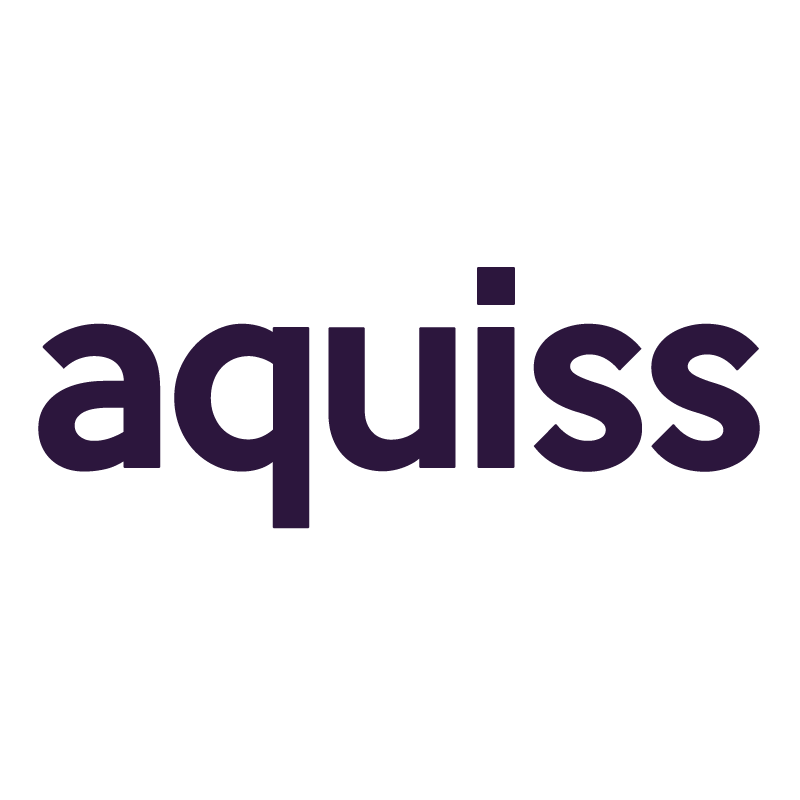

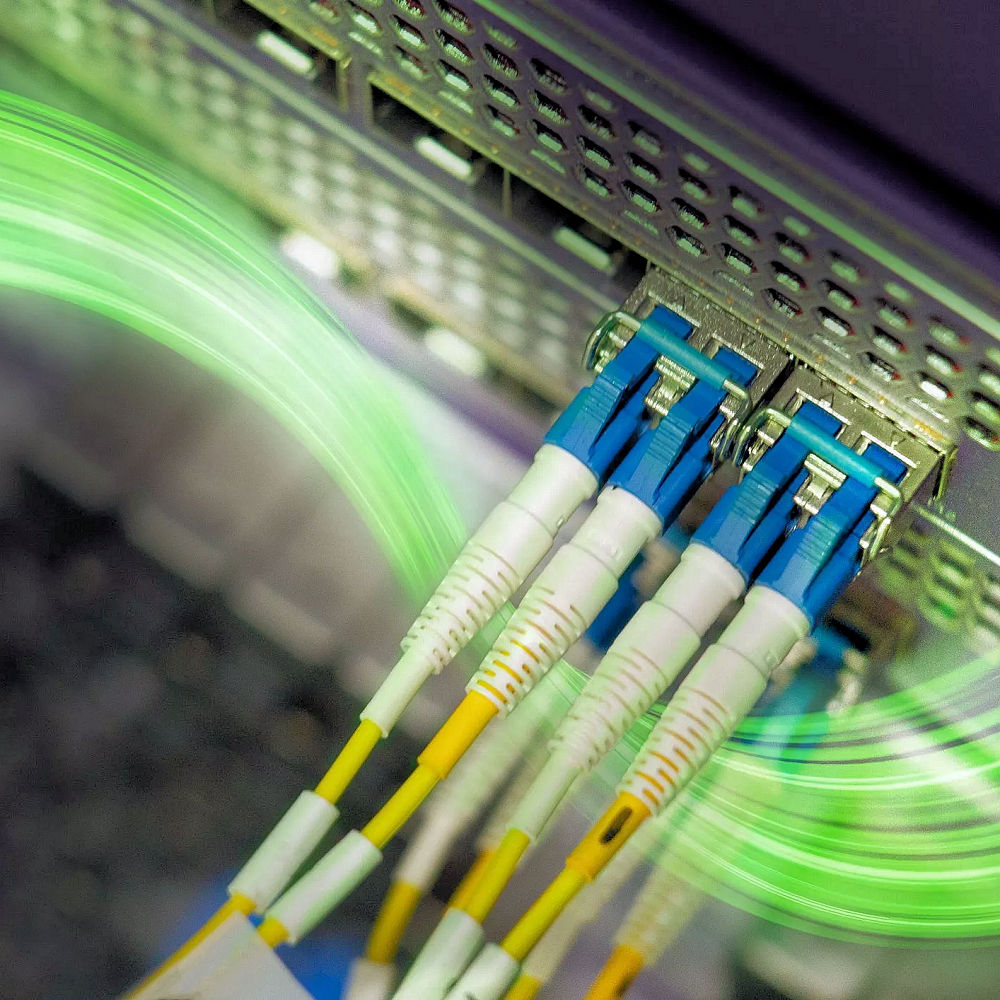


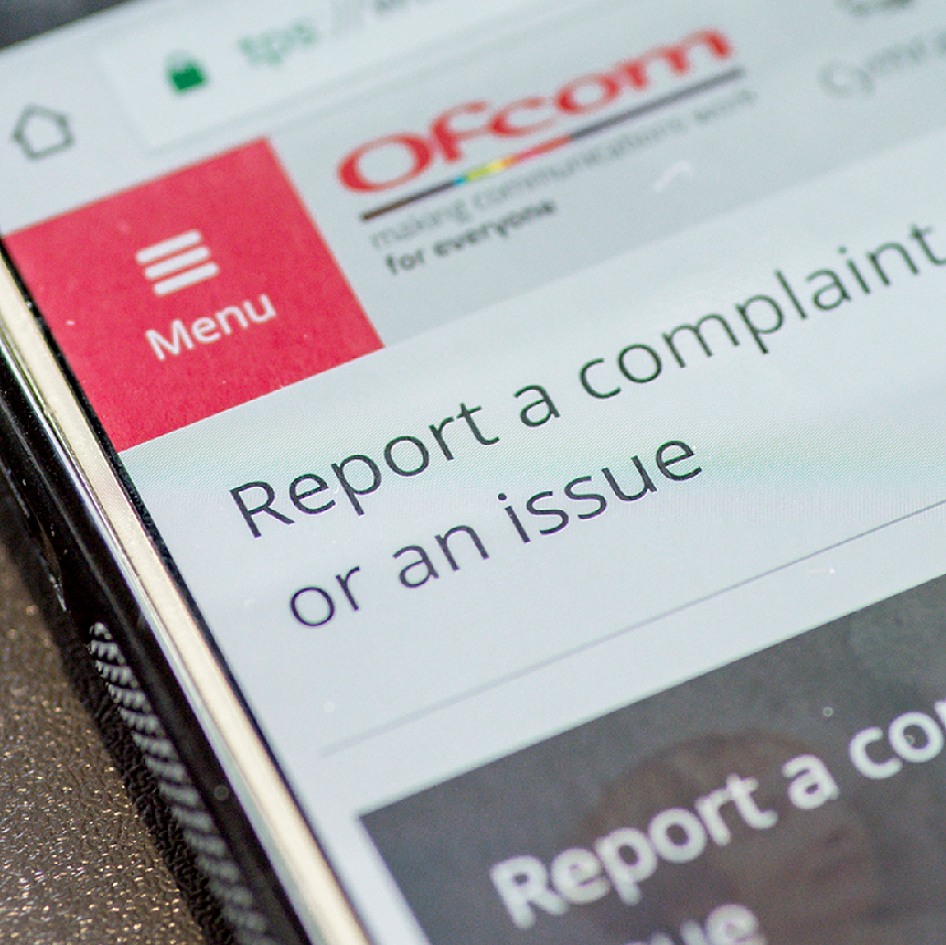





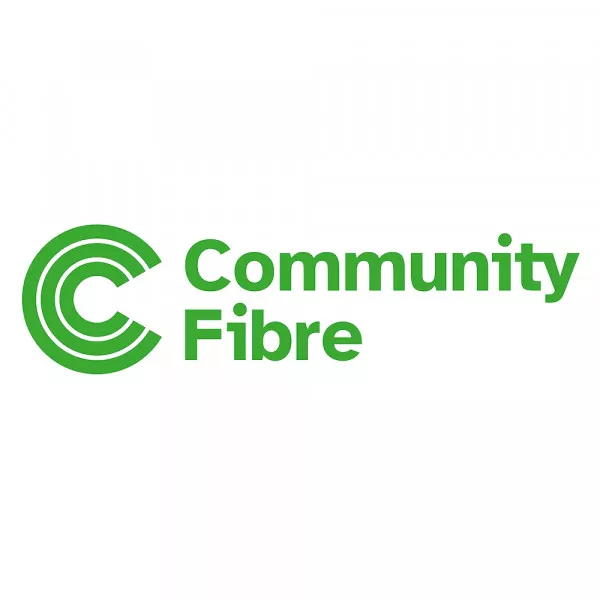
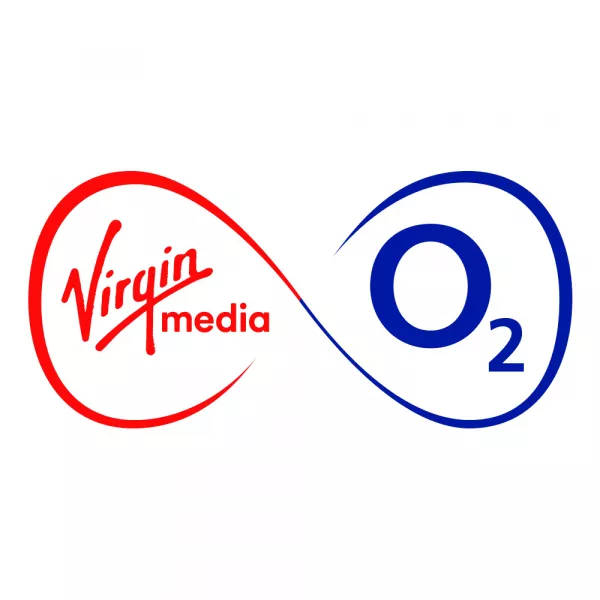

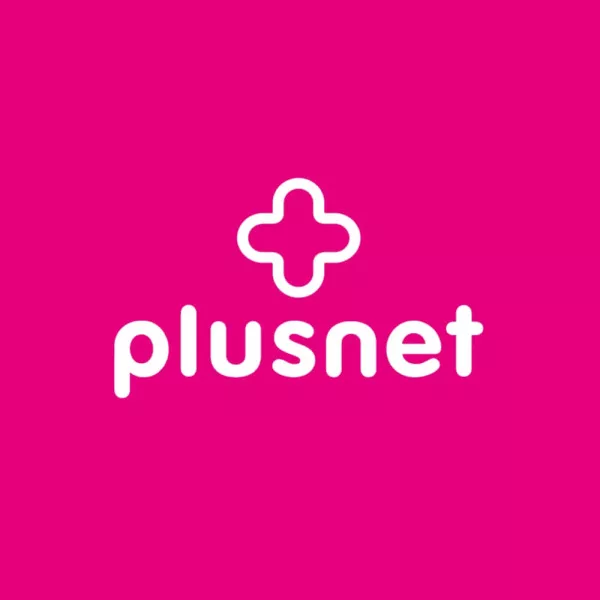

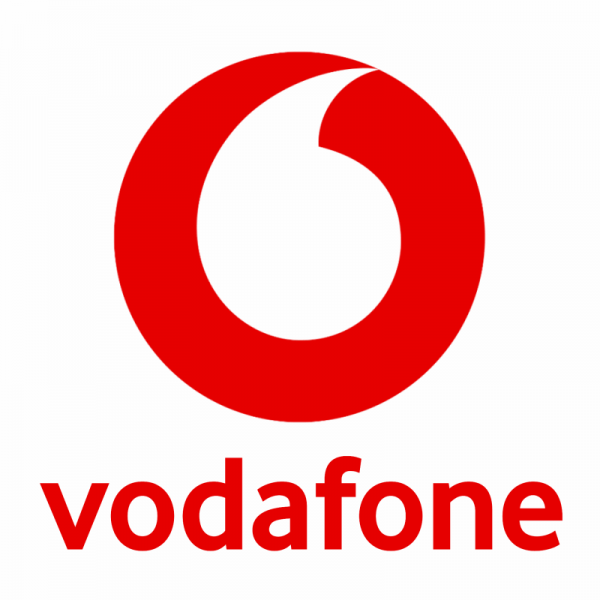
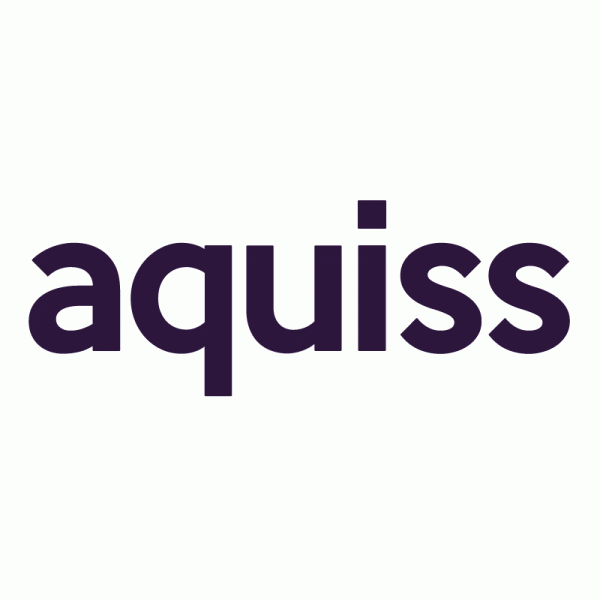




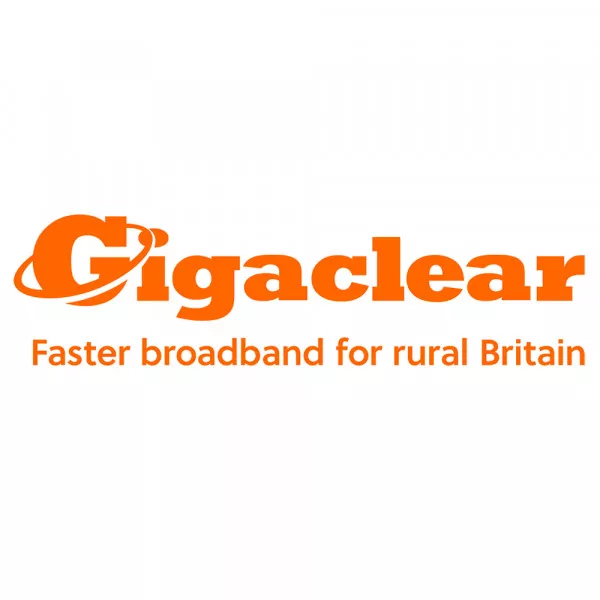


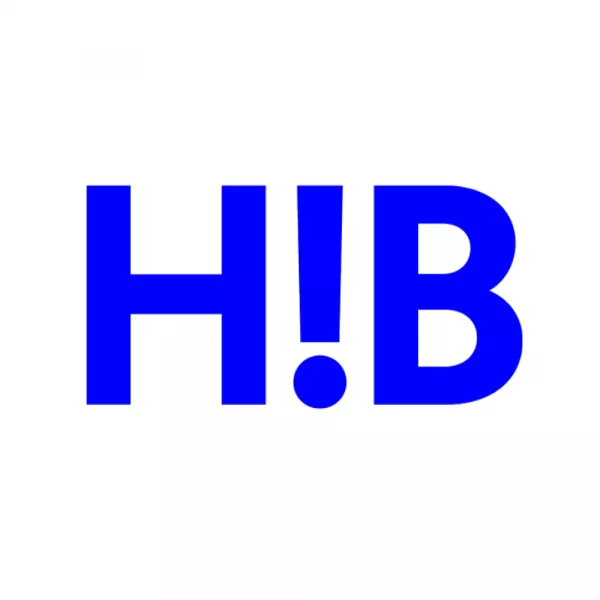


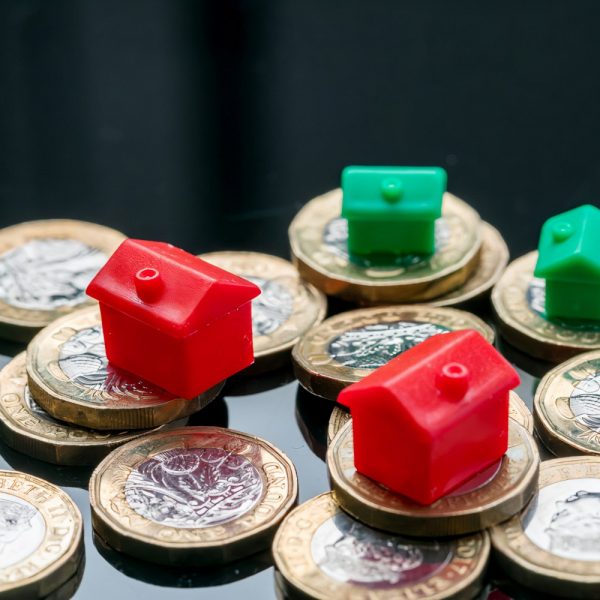
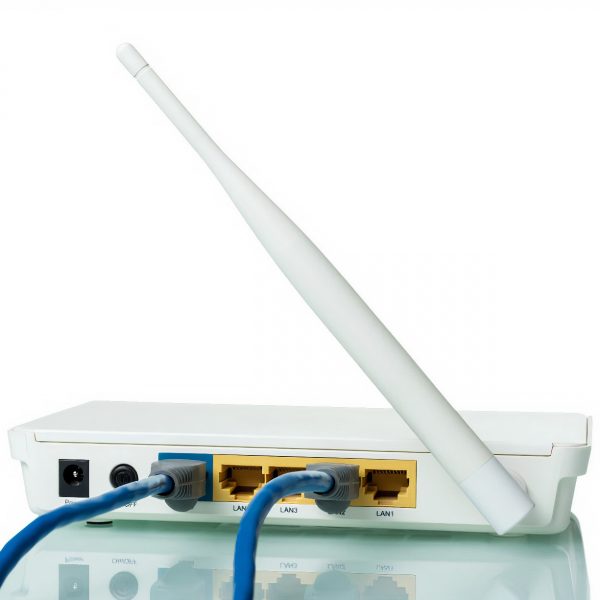
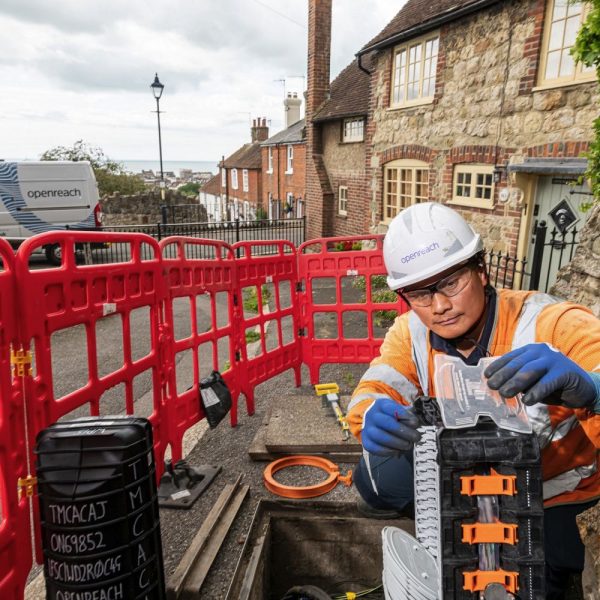
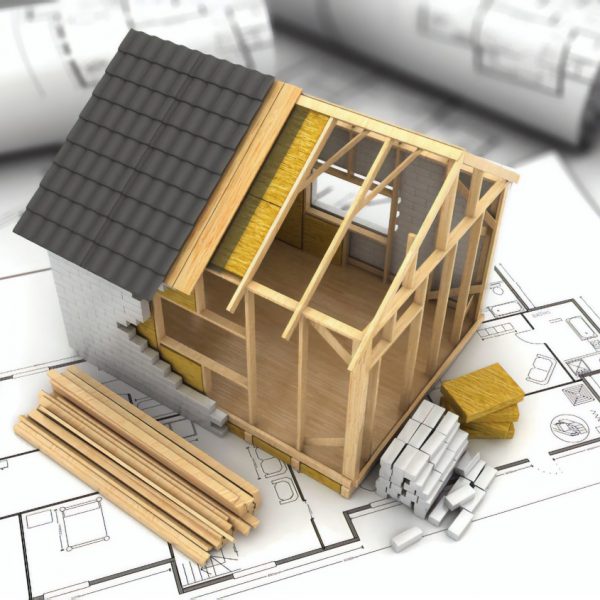
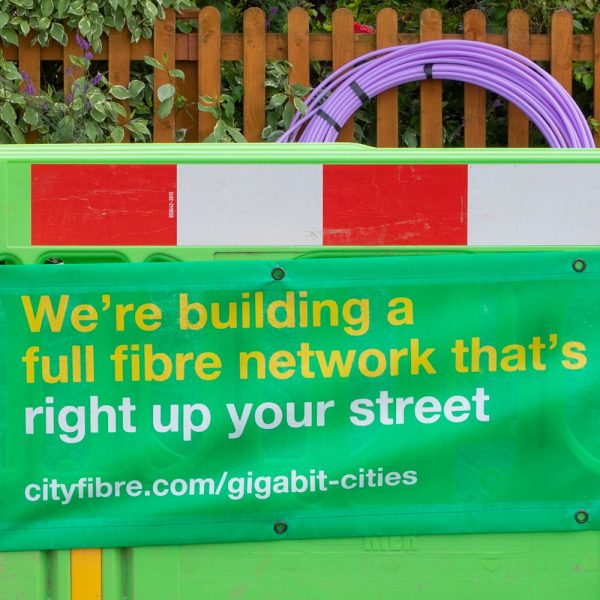
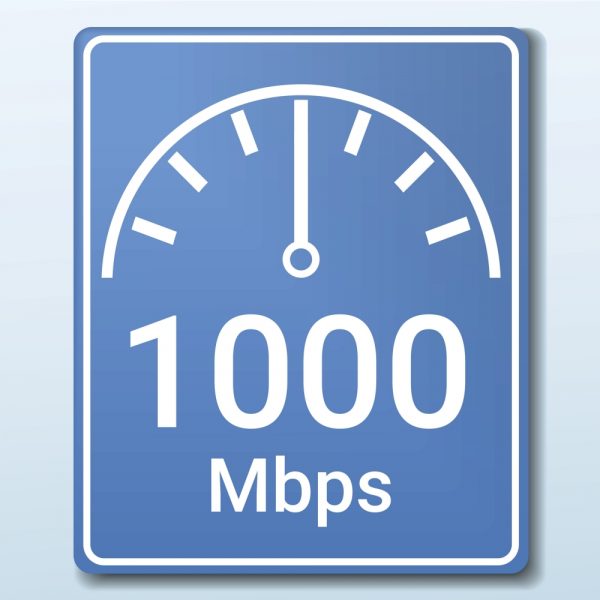
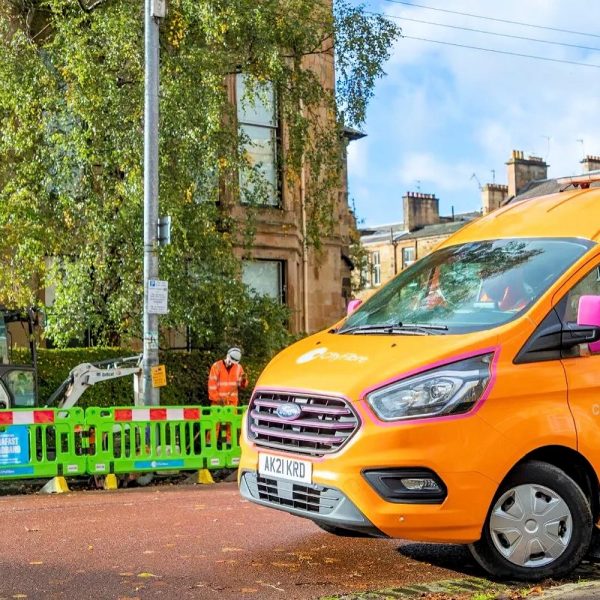
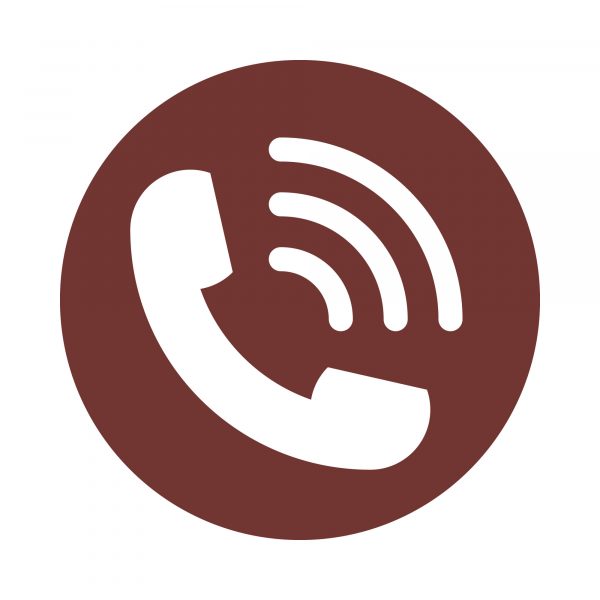

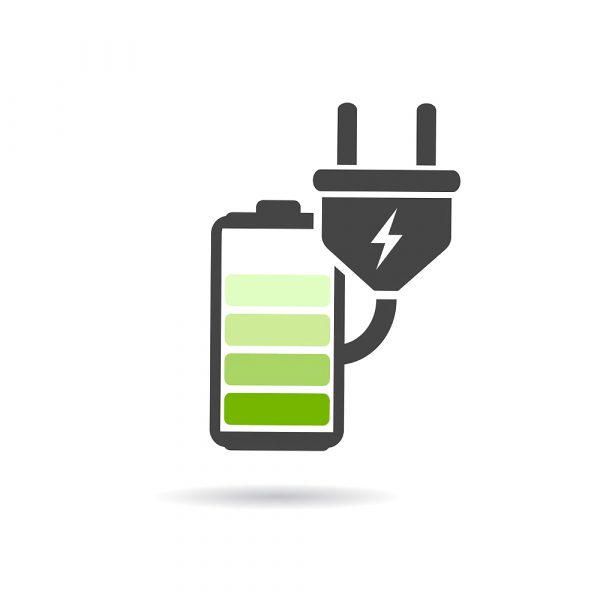
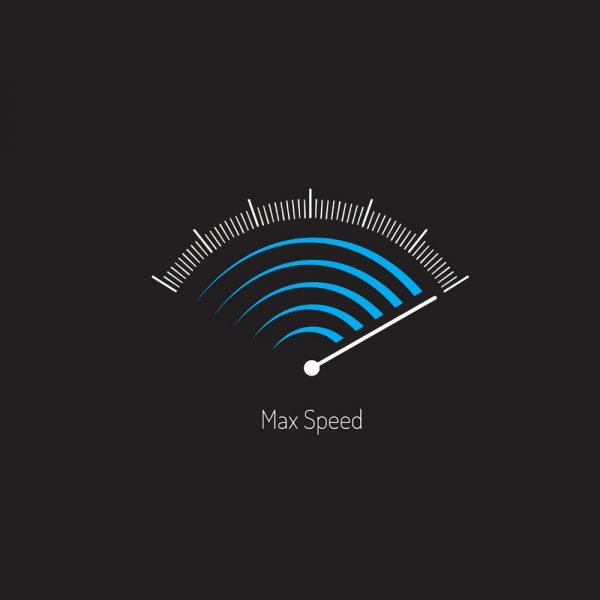





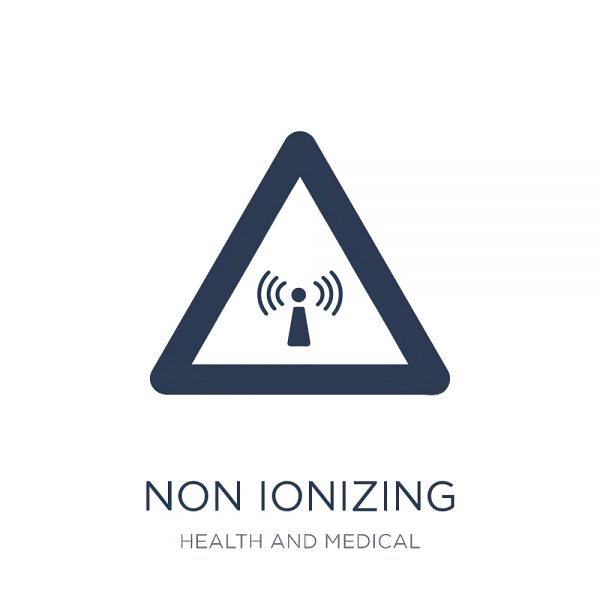
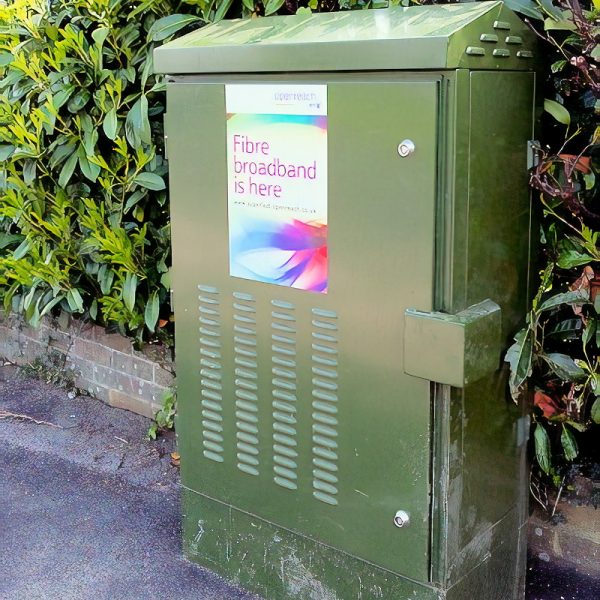







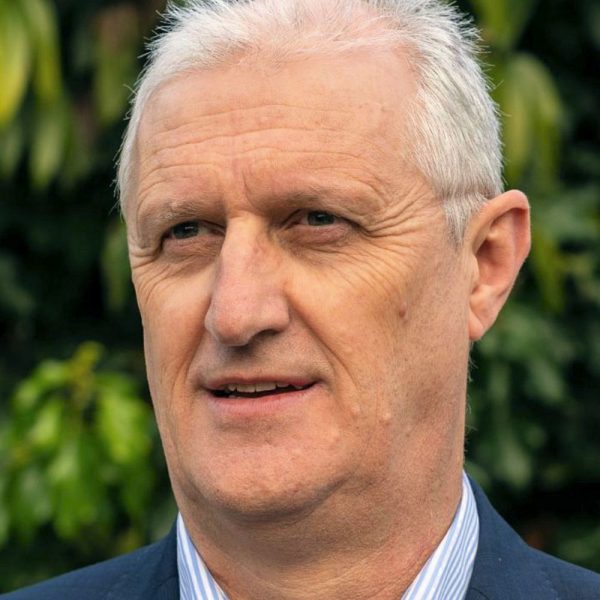

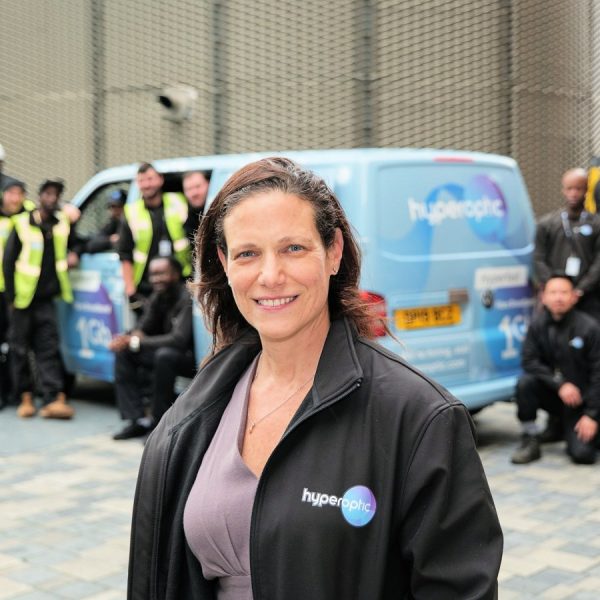
Comments are closed